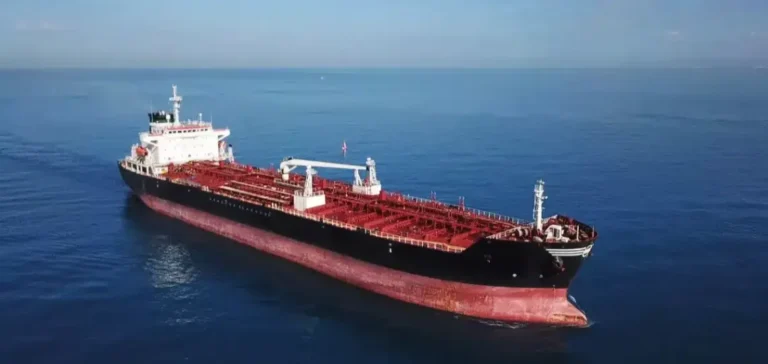A fifth liquefied natural gas (LNG) carrier linked to Russia’s Arctic LNG 2 project has docked at the Tieshan terminal in the southern Chinese port of Beihai. The vessel, named Iris and formerly known as North Sky, berthed with a draft of 11.7 metres, according to Commodities at Sea (CAS) data. Its arrival came just two days after the departure of the Buran, the fourth sanctioned LNG carrier to use the facility.
The Buran, formerly called North Air, left the terminal with a reported draft of 9.8 metres, down from 11.6 metres at arrival. Since the commissioning of the second liquefaction train at Arctic LNG 2 in June, shipments to Asia have resumed, with the Iris calling at the loading site on June 26.
Sixth vessel inbound
A sixth Russian LNG carrier, the Arctic Vostok — formerly East Energy — is en route to Beihai, after being tracked southwest of Hainan Island on September 12. This vessel, also sanctioned by the European Union in February following US measures in August 2024, highlights the strategic significance of the maritime corridor linking Russia and China for gas exports.
Market sources indicated Arctic LNG 2 cargoes have traded between $8 and $8.50 per million British thermal units (MMBtu), though these figures remain unconfirmed. Trucked LNG prices in Beihai have remained stable at around CNY3,900 per metric tonne ($10.4/MMBtu), while prices in neighbouring Guangdong Province are approximately CNY4,100/mt amid subdued downstream demand.
Strategic infrastructure and limited capacity
Located in China’s Guangxi Zhuang Autonomous Region, the Beihai LNG terminal has an annual receiving capacity of 6 million tonnes. It includes a dedicated berth for vessels ranging from 80,000 to 266,000 cubic metres and four LNG tanks of 160,000 cubic metres each. The terminal is operated by the China Oil and Gas Pipeline Network Group (PipeChina), a national energy infrastructure operator.
PipeChina is jointly owned by several state-owned enterprises, including PetroChina (29.9%), Sinopec (14%) and China National Offshore Oil Corporation (CNOOC) with a 2.9% stake. In a report issued on August 15, PipeChina excluded the Beihai terminal from its list of facilities with available third-party LNG import capacity between September and December 2025, suggesting the terminal is fully booked during this period.
Network of international stakeholders
The Arctic LNG 2 project is 60% owned by Russian producer Novatek, with TotalEnergies (France), China National Petroleum Corporation (CNPC), CNOOC and Japan Arctic LNG each holding 10% stakes. The latter is a Dutch entity 75% controlled by the Japan Organization for Metals and Energy Security and 25% by Mitsui.
The La Perouse carrier, also sanctioned by the United Kingdom since September 2024, was the first among the recently loaded ships to sail westward via the Northern Sea Route. It was located south of Congo on the morning of September 16, according to CAS, indicating growing diversity in shipment routes despite international restrictions.






















